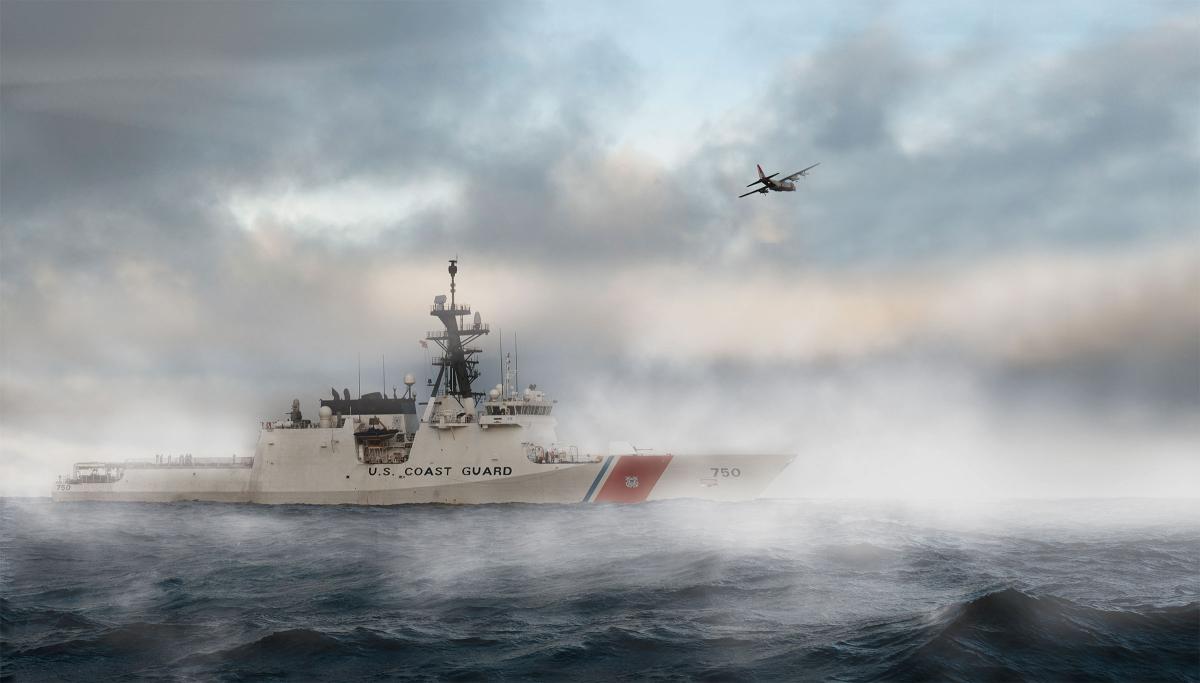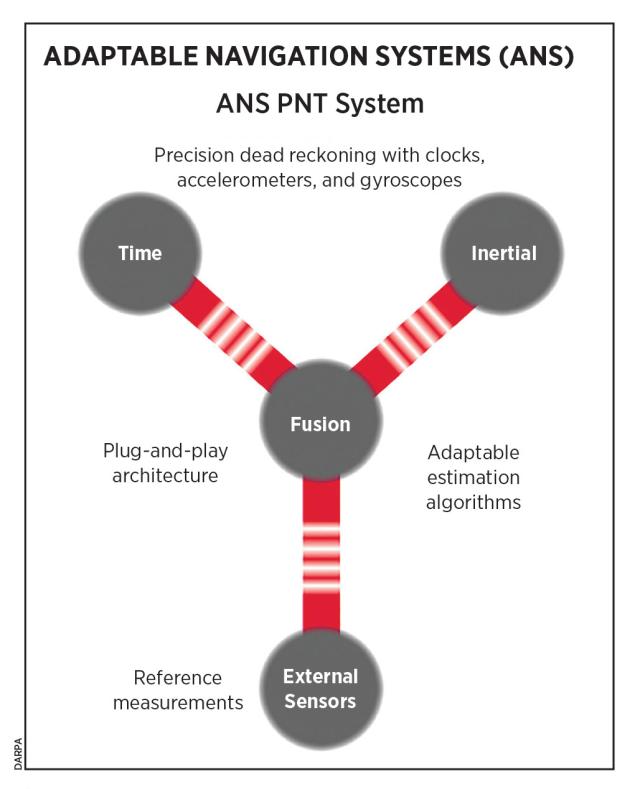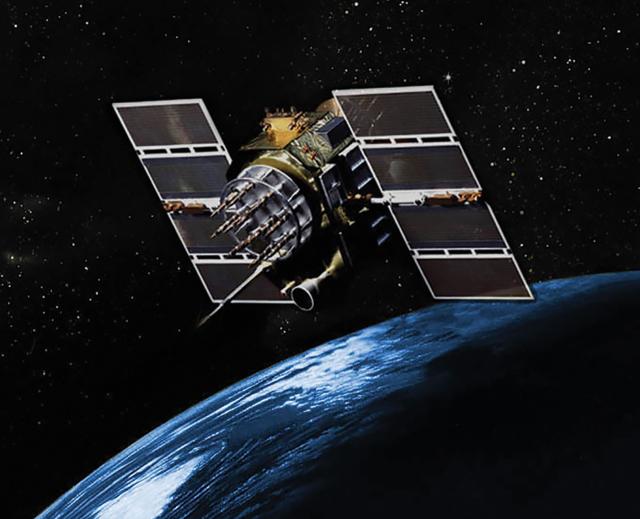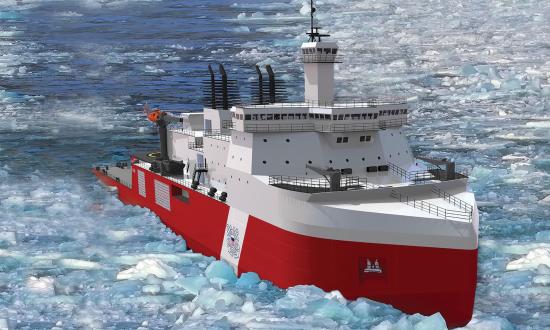When the NAVSTAR Global Positioning System (GPS) was introduced in 1972, it gave the United States a strategic advantage by dramatically improving navigation, command and control, and munitions guidance. The precision timing of GPS enabled more sophisticated communications. Today, however, it is not the advantage it once was. Competitors are building their own systems, and GPS is susceptible to jamming and spoofing. Where the United States once operated the only electronic precision navigation and timing (PNT) system, allies and adversaries alike are developing their own PNT systems, including GLONASS (Russia), BeiDou (China), Galileo (European Union), NAVIC (India), and QZSS (Japan).
The United States must evolve its positioning technology to regain a strategic edge. The best unmanned systems, artificial intelligence, and other emerging technologies require accurate positioning. Government and industry recognize the risk, and both are scrambling to develop new technologies that are harder to jam or spoof. Two current areas with promise are more sophisticated receivers and land-based solutions. With the potential for jam- and spoof-proof precision navigation, the United States can reclaim positioning superiority. New positioning technology can transform the battlespace, just as the sextant, radar, and GPS did before it, ensuring the United States can fight and win—but quick implementation is critical.
A Declining Advantage
Designed as a military system, GPS achieved full operational capacity in 1993 with 24 satellites. It displaced the previous generation of navigation technology, LORAN—a costly and less accurate long-range navigation system—in 2010. GPS’s potential improvements to command and control across all levels of warfare were groundbreaking.
Initially, the U.S. Air Force and Department of Defense (DoD) used a technology called “selective availability,” which introduced intentional error into nonmilitary GPS receivers, to retain the best accuracy for military use. The United States used selective availability to degrade GPS accuracy to Indian military forces during the 1999 Kargil War, which hindered Indian operations. This incident highlighted the advantages afforded to forces using GPS, as well as the disadvantages to those without. The U.S. action led India, and others, to develop their own systems.1 Now, with five competing systems in active development or operation, the United States risks falling behind.
Simultaneous to military implementation, political leaders realized the potential economic benefit of GPS. President Ronald Reagan signed an executive order in 1980 opening the system to civilian users. In 2000, President Bill Clinton signed a law eliminating the regular use of selective availability, making the full benefits of GPS available to all.2
Given that GPS was the first system to achieve full operational capacity, and the first to be open to civilians, an outage could trigger significant economic damage. Interruptions to shipping, power grids, cell phone networks, and other daily activities could bring commerce to a halt. In 2011, for example, two Navy ships unintentionally jammed GPS signals to all of downtown San Diego, rendering marine traffic control equipment, medical emergency pagers, automated teller machines, and cell phones useless. As this accidental outage demonstrated, society depends on the reliability of satellite navigation signals.3
DoD understands the strategic risks. Dave Tremper of the Defense Advanced Research Projects Agency (DARPA) warns, “GPS has become a single point of failure. Up until the early 2000s, there was a variety of other alternatives [but] they all went away.”4 In the past few years, commercial ventures and government agencies have worked to design alternatives. New technology is necessary to regain the advantage.
Current Initiatives
Several emerging technologies—new satellite systems, land-based systems, and other GPS-like systems—are promising. Satellite vendor Iridium fields a low-orbit, space-based system. Locata, a private Australian firm with a U.S. subsidiary, has developed a short-range, GPS-independent, portable emitter solution. The U.S. government, through DARPA, is creating a third path by augmenting and improving GPS through other signals. The most capable GPS alternative likely would be similar to those developed by Locata or DARPA.
Satellite-based alternatives have many of the same vulnerabilities as GPS, primarily the ease of jamming. Iridium’s project is less susceptible to spoofing; however, the short-wavelength, low-power signals are still vulnerable to jamming. Iridium implemented its positioning solutions using a technology originally intended for pagers, which provided wide coverage, in place and ready for deployment.5 Quick deployment with less spoofing is a benefit, but implementation would be nothing more than a bridge technology.
Locata has developed a land-based navigation system dubbed “GPS 2.0.” The Locata Network (LocataNet) can operate as an accessory to, or replacement for, GPS within a 50-mile range. Using land-based transmissions and longer wavelength signals, it eliminates many of GPS’s vulnerabilities, and the transmitters are small and portable.6 However, LocataNet’s limited range makes it a poor replacement for ship positioning at sea. The Sea Services would require an upscaled version with longer range. Still, the technology has proved accurate and may meet military requirements where it is available.
Taking a different approach, DARPA has developed systems capable of maintaining precise positioning without a constant GPS signal. The adaptable navigation systems (ANSs) also are capable of using common over-the-air, long-range signals (radio or television) or precision atomic inertial sensors. With extra positioning inputs, ANSs can augment or replace GPS positioning data. Recognizing that the military may have to operate and fight in a GPS-degraded environment throughout a conflict, a system flexible enough to rely on multiple sources of position is a game changer.7 ANSs allow a receiver to “dead reckon” old GPS signals with almost the same precision. The technology is not range restricted, but it is limited by the availability of outside signals and internal sensor sensitivity. ANSs are a promising solution, especially if developers are able to extend the time required between GPS positions.
Although promising, both the Locata and DARPA projects have drawbacks. The Sea Services have specific requirements while operating in a unique environment. Until a GPS alternative exists, celestial navigation may be the best backup.
Moving Forward
None of the current technologies or those in development completely meet the Sea Services’ requirements, especially during conflict. While preparing for conflict at sea, the Navy, Marine Corps, and Coast Guard must plan and prepare to operate without GPS. Their navigation needs are obvious, but communication and munitions systems also must remain operational.
The next positioning technology will combine the best parts of LocataNet and ANS with the ability to use a variety of signals and sensors for redundancy. With the elimination of LORAN, time is critical. LocataNet is not a turnkey solution. ANS provides some hope, solving problems through smarter receivers, and because it does not require a network of global transmitters, it is easy to install and operate on ships. As long as the positioning data retains the format of current hardware, ANS units could be a direct replacement.
The United States’ GPS advantage is dwindling. While the U.S. armed forces all depend on precise positioning and timing for warfighting, the unique nature of the open battlespace at sea makes the Sea Services the most vulnerable in a GPS-degraded environment. GPS spoofing and jamming make it critical to find and implement alternatives. The government and industry are working toward solutions, but the faster those solutions are in place, the faster the United States can recapture a key strategic advantage.
1. Ishan Srivastava, “How Kargil Spurred India to Design Own GPS,” Times of India, 5 April 2014.
2. Office of the Press Secretary, “Statement by the President Regarding the United States’ Decision to Stop Degrading Global Positioning System Accuracy,” The White House, 1 May 2000.
3. David Hambling, “GPS Chaos: How a $30 Box Can Jam Your Life,” NewScientist, 4 March 2011.
4. Sarah Scoles, “Spoof, Jam, Destroy: Why We Need a Backup for GPS,” Wired, 2 March 2018.
5. GPS World staff, “PNT Roundup: Iridium Constellation Provides Low-Earth Orbit Satnav Service,” GPS World, 12 January 2017.
6. Christopher Black, “Finding Time: Accuracy Test of Locata Network Takes Place at White Sands,” GPS World, 14 January 2020.
7. “Adaptable Navigation Systems (ANS),” Defense Advanced Research Projects Agency.









